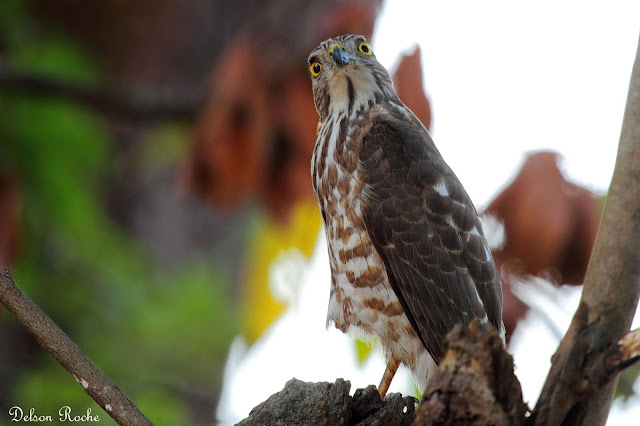We have frequent Golden Oriole sightings on our tamarind tree. But one day I was pleasantly surprised to see a small flock of Black headed Oriole making merry. Camera was nearby and I did not waste anytime getting as close to them as I could.
The red striking eye, beautifully contrasts with the yellow yolk like colour. I did not see them eating any tamarinds, but they were just there whiling away time. The birds are so striking and beautiful that, you can look at them and just be left mesmerized.
The red striking eye, beautifully contrasts with the yellow yolk like colour. I did not see them eating any tamarinds, but they were just there whiling away time. The birds are so striking and beautiful that, you can look at them and just be left mesmerized.

















